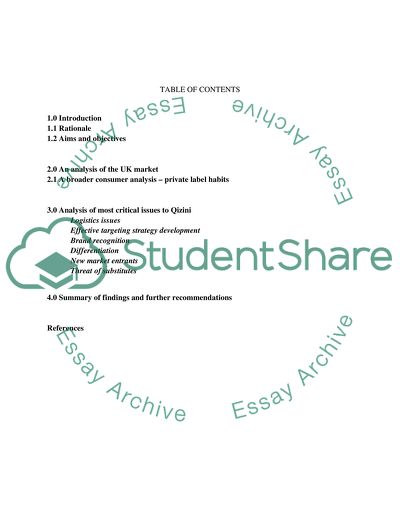Cite this document
(“Marketing report for Qizini Group B.V Book /Review”, n.d.)
Retrieved from https://studentshare.org/marketing/1667254-marketing-report-for-qizini-group-bv
Retrieved from https://studentshare.org/marketing/1667254-marketing-report-for-qizini-group-bv
(Marketing Report for Qizini Group B.V Book /Review)
https://studentshare.org/marketing/1667254-marketing-report-for-qizini-group-bv.
https://studentshare.org/marketing/1667254-marketing-report-for-qizini-group-bv.
“Marketing Report for Qizini Group B.V Book /Review”, n.d. https://studentshare.org/marketing/1667254-marketing-report-for-qizini-group-bv.


